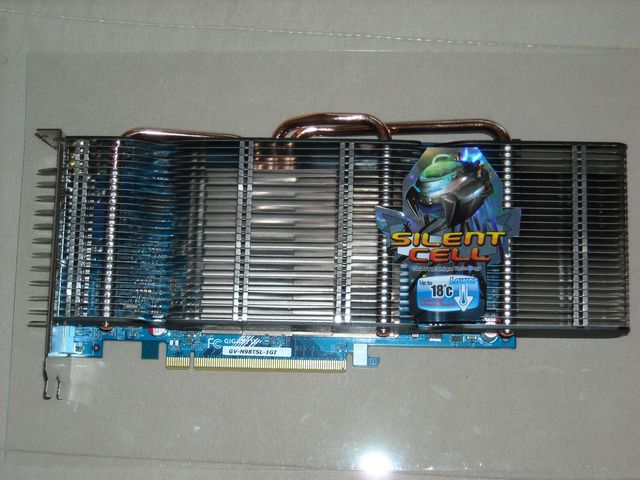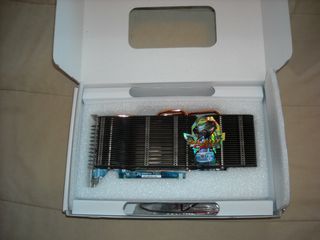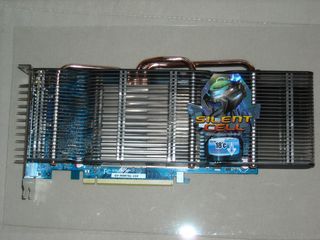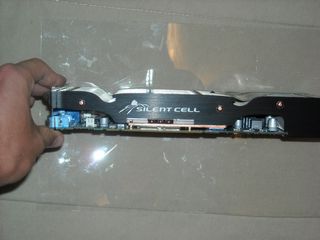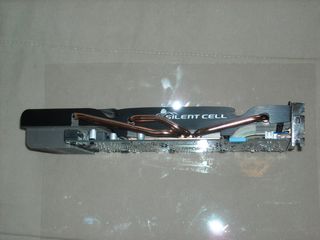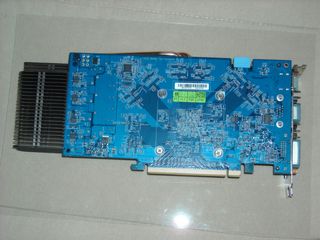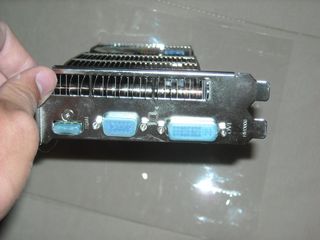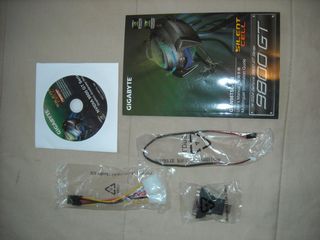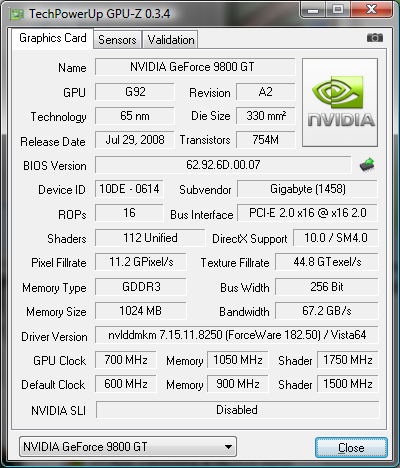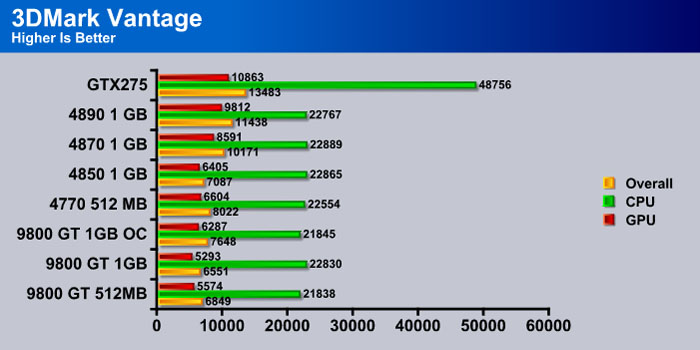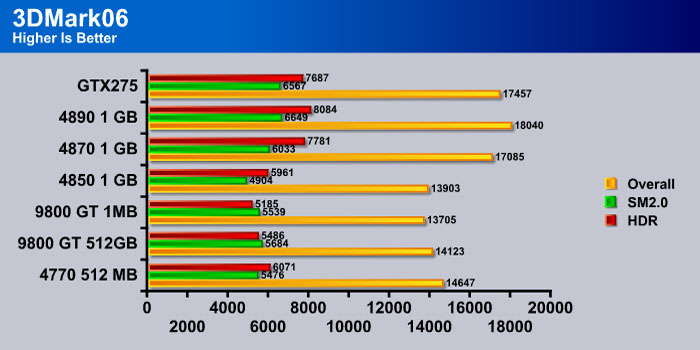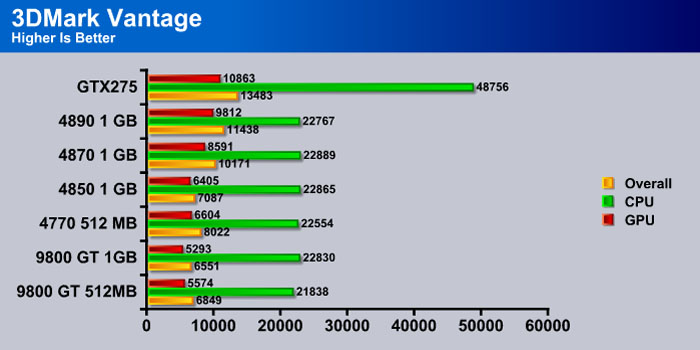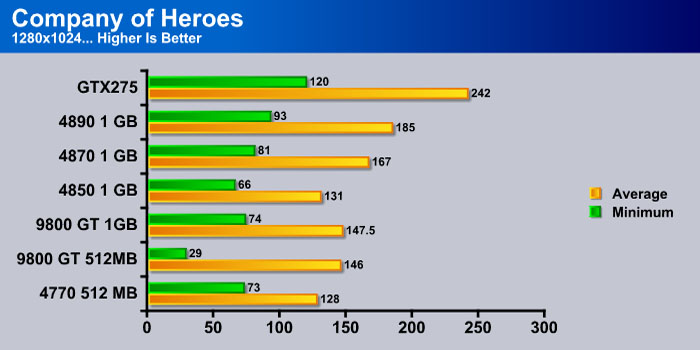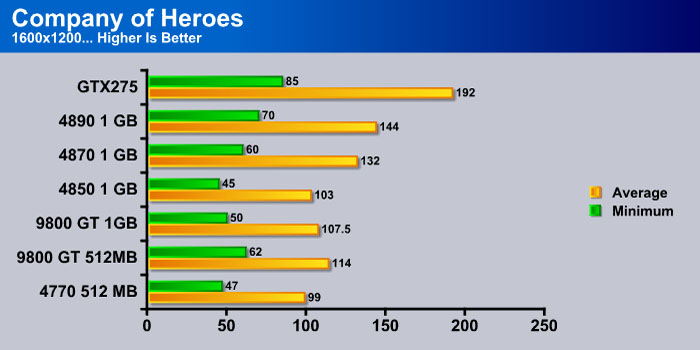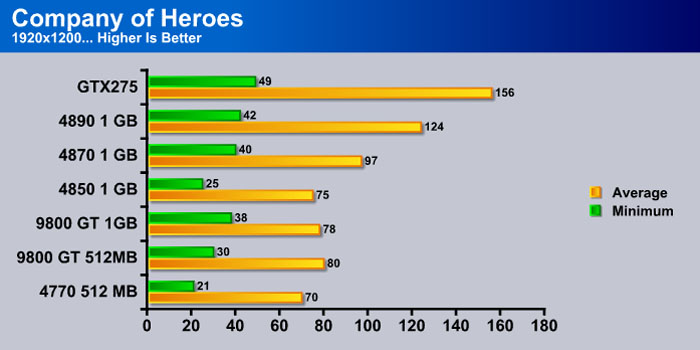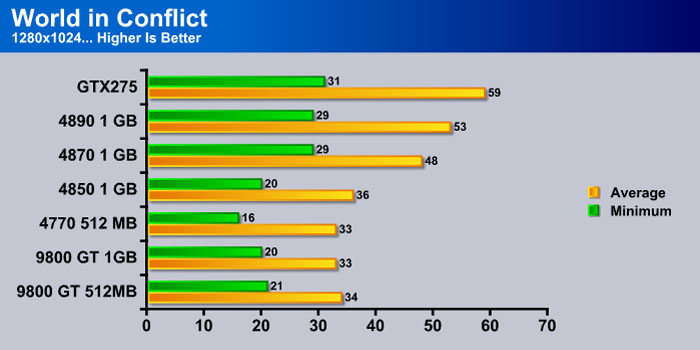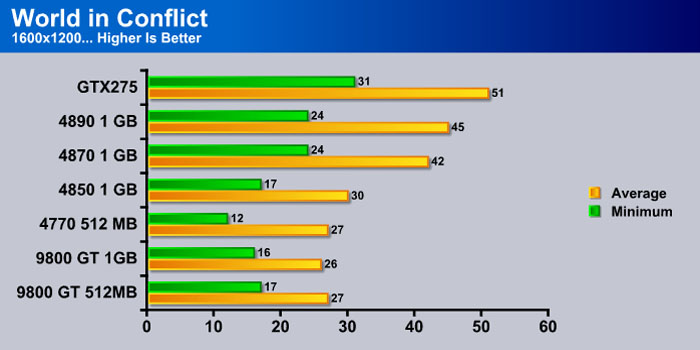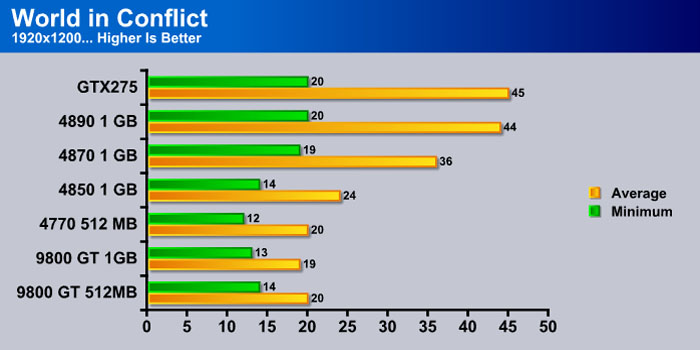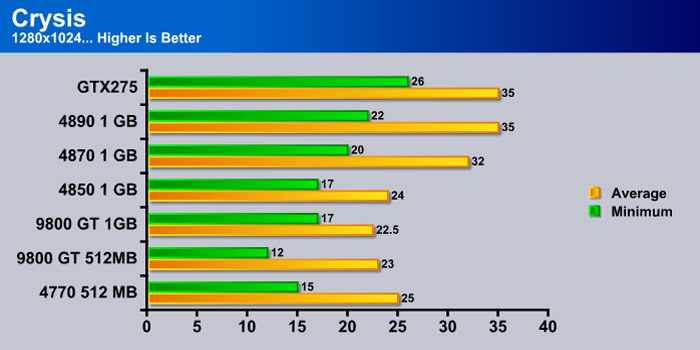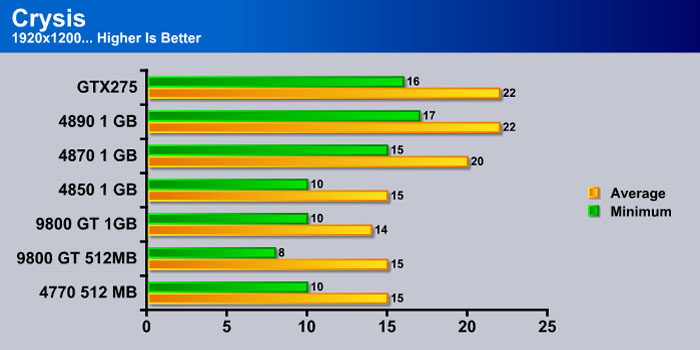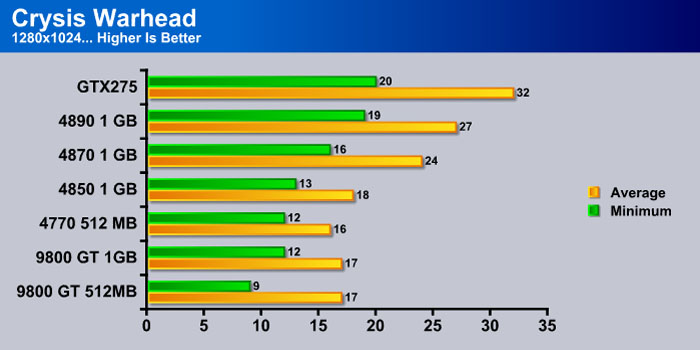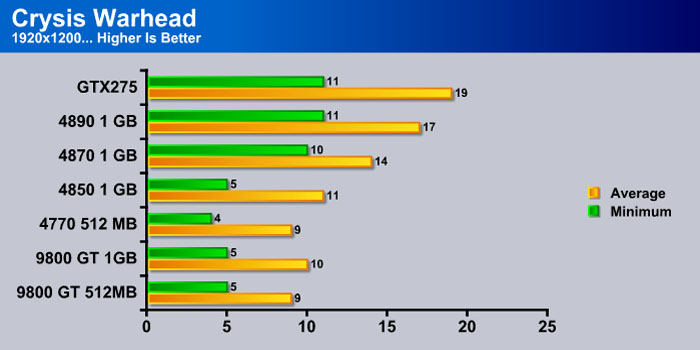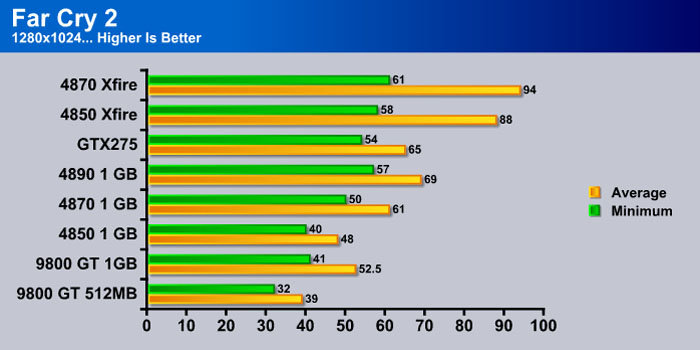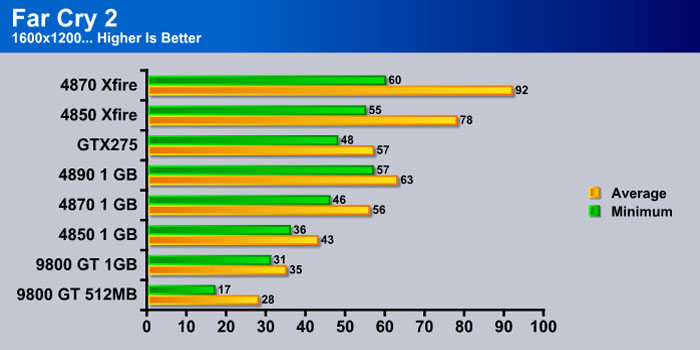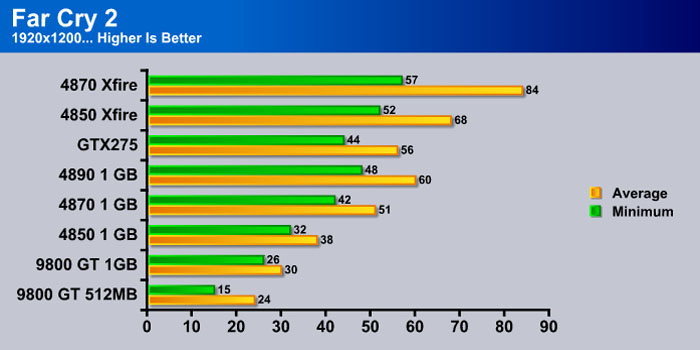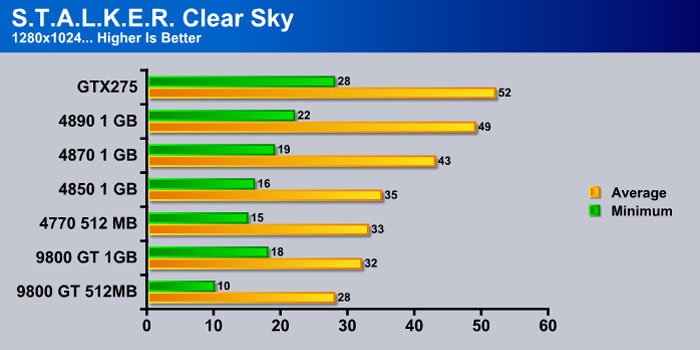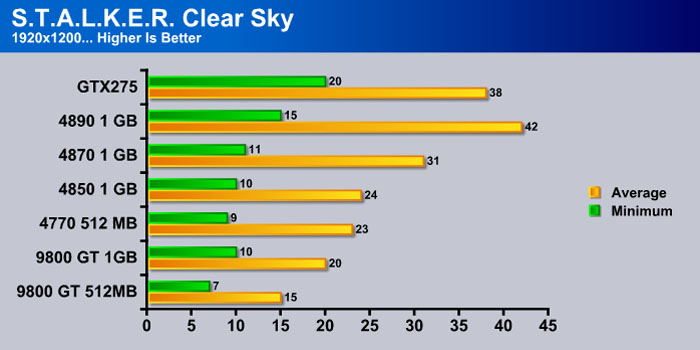When you cant stand any noise coming from your computer, it can be hard to find a card that suits your needs. Every high end card no a days has a loud fan, but not this one.
Introduction
Have you been looking for a card that is silent yet is able to play all of the latest games without looking like mud? Well look no further, today we have the Gigabyte 9800 GT Silent Cell. Powered by the Nvidia GeForce 9800 GT GPU, this card has enough power to play just about every game maxed. So you may ask, how does this thing cool itself yet still be silent? Well, unlike normal 9800 GT’s, this card has no fan. This may seem like quite a surprize, I know I didnt beleive it when I heard about it!
Gigabyte could not just get away with useing the stock cooler for the 9800 GT, it is just too small to passivly cool such a hot card, so they took matters into their own hands, and have designed a custom heat sink just for this version of the card. I was pretty surprized at the size, you can see for yourself below. Not only has Gigabyte made this card completly passive, they have included a massive 1 GB of GDDR3, so you can be sure your card has enough RAM to plow through any high textured games.
With a nice look at the sheer size of the card, lets get a closer look at the individual specifications of the card.
Features
| Dual-link DVI Able to drive two of the industry’s largest and highest resolution flat-panel displays up to 2560×1600. |
||
| SLI™ Technology Delivers up to 2X the performance of a single GPU configuration for unparalleled gaming experiences by allowing two graphics cards to run in parallel. The must-have feature for performance PCI Express graphics, SLI dramatically scales performance on 60 top PC games. |
||
| RoHS Compliant Delivers up to 2X the performance of a single GPU configuration for unparalleled gaming experiences by allowing two graphics cards to run in parallel. The must-have feature for performance PCI Express graphics, SLI dramatically scales performance on 60 top PC games. |
||
 |
Windows Vista® Enjoy powerful graphics performance, improved stability, and an immersive HD gaming experience for Windows Vista. ATI Catalyst™ software is designed for quick setup of graphics, video, and multiple displays, and automatically configures optimal system settings for lifelike DirectX 10 gaming and the visually stunning Windows Aero™ user interface. |
|
| OpenGL 2.1® Optimizations Ensure top-notch compatibility and performance for all OpenGL 2.1 application. |
||
| Microsoft® DirectX® 10 World’s first DirectX 10 GPU with full Shader Model 4.0 support delivers unparalleled levels of graphics realims and film-quality effects. |
||
| Shader Model 4.0 Shader Model 4.0 adds support for indexed temporaries which can be quite useful for certain tasks.Regular direct temporary access is preferable is most cases. One reason is that indexed temporaries are hard to optimize. The shader optimizer may not be able to identify optimizations across indexed accesses that could otherwise have been detected. Furthermore, indexed temporaries tend to increase register pressure a lot. An ordinary shader that contains for instance a few dozen variables will seldom consume a few dozen temporaries in the end but is likely to be optimized down to a handful depending on what the shader does. This is because the shader optimizer can easily track all variables and reuse registers. This is typically not possible for indexed temporaries, thus the register pressure of the shader may increase dramatically. This could be detrimental to performance as it reduces the hardware’s ability to hide latencies. |
||
| PCI-E 2.0 PCI Express® 2.0 –Now you are ready for the most demanding graphics applications thanks to PCI Express® 2.0 support, which allows up to twice the throughput of current PCI Express® cards. Doubles the bus standard’s bandwidth from 2.5 Gbit/s (PCIe 1.1) to 5 Gbit/sec. |
||
 |
HDCP Support High-Bandwidth Digital Content Protection (HDCP) is a form of copy protection technology designed to prevent transmission of non-encrypted high-definition content as it travels across DVI or HDMI digital connections. |
|
 |
HDMI Ready High Definition Multimedia Interface (HDMI) is a new interface standard for consumer electronics devices that combines HDCP-protected digital video and audio into a single, consumer-friendly connector. |
|
 |
PureVideo™ HD Available on HD DVDs and Blu-ray discs, high-definition movies are bringing an exciting new video experience to PC users. NVIDIA® PureVideo™ HD technology lets you enjoy cinematic-quality HD DVD and Blu-ray movies with low CPU utilization and power consumption, allowing higher quality movie playback and picture clarity. PureVideo HD technology provides a combination of powerful hardware acceleration, content security, and integration with movie players, plus all the features found in PureVideo. |
|
 |
CUDA Technology NVIDIA® CUDA™ technology unlocks the power of the hundreds of cores in your NVIDIA® GeForce® graphics processor (GPU) to accelerate some of the most performance hungry computing applications. The CUDA™ technology already adopted by thousands of programers to speed up those performance hungry computing applications. |
|
 |
PhyX Technology NVIDIA® PhysX™ is the next big thing in gaming! The best way to get real-time physics, such as explosions that cause dust and debris, characters with life-like motion or cloth that drapes and tears naturally is with an NVIDIA® PhysX™-ready GeForce® processor |
|
As with every other 9800 GT, this one has support for a wide range of Nvidia technologies. These include SLI, which increases your graphics performance by adding more cards. There is also PhysX, which is a real time simulator for in game physics, which enriches the game experience.
Specifications
| Gigabyte 9800 GT Silent | Evga 9800 GT 512 | |
| Core clock | 600 | 650 |
| Shader clock | 1500 | 1625 |
| Memory clock | 900 | 900 |
| Memory size | 1 GB | 512 MB |
As you can see, the Gigabyte card has double the RAM of the Evga card. This should prove to be an advantage in testing, as memory seems to help some in newer games, but if you look further up, you will see that the Evga has a clock advantage. It is not clocked much faster, but enough to maybe make it pull ahead of the Gigabyte card.
Pictures & Impressions
When we first open the box we see that Gigabyte has packaged the card very well. The only complaint I have is that I like to see some anti static bag over the card itself. This just ensures that the card has a little bit more protection from accidental damage. Other than that, the plastic covering that was over the top of the card was a good idea, or the card would have been more exposed.
Now that the card is out of the box we can get a much better look at it. The first thing that I saw was the sticker. There is an interesting creature on it, and it almost reminds me of War of the Worlds. Make sure that you take this sticker off, as Gigabyte says that it may lead to lowered performance. If you look beyond the sticker you see quite a massive heat sink, so large that I was dumb founded when I first saw it, but it better be big if it doesnt have a fan.
If we tilt it on the side we can get a better look at the heat sinks size. As you can see it is a dual slot cooler, which is definitely good since this card has no fan. You can see a little figure on the side that looks a bit like the creature in the sticker. Right next to that is Silent Cell in writing. I like that they decided to paint the side black. It makes the heat sink look a bit cooler. If you look to the right, you will see that the heat sink actually stretched beyond the physical PCB. More on that in a minute.
When we flip the card over we see a similar site to the one on the other side. The major difference is that you can see the heat pipes. Gigabyte really shows quality here by making them copper instead of cheaping out and making them aluminum, which has a lower cooling ability. We can see the same Silent Cell logo and print here also. I wish Gigabyte would have flipped the text, because it will be upside down when the card is inserted into the case.
Here we can get a really good look at the extent the heat sink extends beyond the card. This extension adds a good inch to the total length of the card, putting it up there with higher end GPU’s. If you look to the top, and over to the right some you will see a SLI connector. Unfortunately there is only one, so anyone wanting to run three of these cards in SLI will be disappointed. Gigabyte did include a cover for this, which will keep it from being damaged when not in use.
Here we have a good view at the ports that you will connector your monitor or TV too. Surely Gigabyte thought ahead and figured that many people would choose this card if they want to build a high end HTPC rig, so they have included a wide variety of different outputs. These include one HDMI port, a VGA port, and finally a DVI port. There is no doubt that you will find the connection you need for any screen that you will use with this card.
Now before we move on lets look at the goodies Gigabyte included with the card. First we have a fairly large manual, in fact this is the same size as many motherboard manuals, which should help anyone new to computers. They have included a disk with utilities and drivers, but I recommend you get the latest drivers from Nvidia. There is also a audio cable in case you want to output audio from your computer through a HDMI cable. They also included a molex to PCIE 6 pin adapter. I recommend you plug two molex’s into this adapter, as the PCIE connector uses more power than a single molex. Finally a DVI to HDMI adapter is included in case you wish to run dual monitors using HDMI.
Metholdology
To test this card, we did a fresh load of Vista 64 bit and applied all the patches and updates for the OS, then we updated all the motherboard drivers and made sure that we had the latest 9.5 Catalyst and 182.50 Forceware drivers. We didn’t install any video drivers on the test rig at first, we just installed the basics and then cloned the hard drive using Acronis. That way when we switch from the ATI GPU to the Nvidia GPU we can have a fresh load with no old drivers hanging around to bugger up our benchmark numbers.
We ran each test 3 times and averaged the results, the average of those results are reported here. The one exception to the 3 run rule is Stalker, this test is just so long so it was run twice. Below is a detailed list of the components used during testing.
| Test Rig |
|
| Case Type | Ikonik Ra X10 Liquid |
| CPU | Intel i7 920 @ 3.7 Ghz |
| Motherboard | Intel X58SO |
| Ram | Mushkin DDR3 @ 1482 8-8-8-20 |
| CPU Cooler | D-Tek Fuzion |
| Hard Drives | Western Digital 750 GB |
| Optical | LiteOn DVDR |
| GPU’s Tested |
Asus EAH4770 Formula |
| Testing PSU | Corsair HX1000 Watt |
Synthetic Benchmarks & Games
| Synthetic Benchmarks & Games | |
| 3DMark Vantage | |
| 3DMark 06 | |
| Stalker Clear Sky Stand Alone Benchmark | |
| Crysis | |
| Crysis Warhead | |
| World In Conflict | |
| Company of Heros | |
| Far Cry 2 | |
Overclocking
To overclock the Gigabyte 9800 GT I used RivaTuner. I slowly increased the clocks by 10 mhz until the system became unstable, then I backed down the clocks a bit and tested for stability. I kept lowering the clocks until the system was rock solid. I can still remember my 8800 GT that I have not used in forever, but I used to be able to push the card to 720 core, unfortuenatly this Gigabyte card was only able to acheive a core clock of 700 mhz. This really isnt that bad, as this Gigabyte card has double the RAM of my old 8800 GT. As for the memory, I was able to get 1050, which is also a respectable result. With these results, you will gain a few more frames in games, which will certainly help in a game like Crysis. Below is a screen shot of the overclock.
Now a GPUZ screen shot does not give much justice to what the overclock does for performance, so below is a chart which shows the 9800 GT overclocked compared to the other cards tested.
As you can see the overclock gives a nice boost to a already pretty good card. The 9800 GT in fact almost beats the 4850.
3DMark 06
3DMark06 developed by Futuremark, is a synthetic benchmark used for universal testing of all graphics solutions. 3DMark06 features HDR rendering, complex HDR post processing, dynamic soft shadows for all objects, water shader with HDR refraction, HDR reflection, depth fog and Gerstner wave functions, realistic sky model with cloud blending, and approximately 5.4 million triangles and 8.8 million vertices; to name just a few. The measurement unit “3DMark” is intended to give a normalized mean for comparing different GPU/VPUs. It has been accepted as both a standard and a mandatory benchmark throughout the gaming world for measuring performance.
Right off the bat the Gigabyte card gets a great start. It does loose just a bit to the 512 9800 GT, but it was pretty close to the 4850, a more expensive card.
3DMark Vantage
For complete information on 3DMark Vantage Please follow this Link:
www.futuremark.com/benchmarks/3dmarkvantage/features/
The newest video benchmark from the gang at Futuremark. This utility is still a synthetic benchmark, but one that more closely reflects real world gaming performance. While it is not a perfect replacement for actual game benchmarks, it has its uses. We tested our cards at the ‘Performance’ setting.
Currently, there is a lot of controversy surrounding NVIDIA’s use of a PhysX driver for its 9800 GTX and GTX 200 series cards, thereby putting the ATI brand at a disadvantage. Whereby installing the PyhsX driver, 3DMark Vantage uses the GPU to perform PhysX calculations during a CPU test, and this is where things get a bit gray. If you look at the Driver Approval Policy for 3DMark Vantage it states; “Based on the specification and design of the CPU tests, GPU make, type or driver version may not have a significant effect on the results of either of the CPU tests as indicated in Section 7.3 of the 3DMark Vantage specification and white paper.” Did NVIDIA cheat by having the GPU handle the PhysX calculations or are they perfectly within their right since they own Ageia and all their IP? I think this point will quickly become moot once Futuremark releases an update to the test.
As before, the Gigabyte card just looses out a bit to the 512 MB 9800 GT. For some reason card with lower RAM always do better on 3DMark, I am not sure why that is.
Company of Heroes
Company of Heroes(COH) is a Real Time Strategy(RTS) game for the PC, announced on April, 2005. It is developed by the Canadian based company Relic Entertainment and published by THQ. COH is an excellent game that is incredibly demanding on system resources thus making it an excellent benchmark. Like F.E.A.R., the game contains an integrated performance test that can be run to determine your system’s performance based on the graphical options you have chosen. Letting the games benchmark handle the chore takes the human factor out of the equation and ensures that each run of the test is exactly the same producing more reliable results.
We see here that the 1 GB 9800 GT turns the tide, and ends up overtakeing the 512 9800 GT. The 1 GB 9800 GT also put up a much higher minimum frame rate.
When the resolution is turned up, the 1 GB 9800 GT gives up its lead to the 512 version. The 512 9800 GT did not win by very much at all, so little in fact you wont notice a difference in game.
When we increas the resolution we see that the 9800 GT 1 GB still falls a little short. Honestly its not that bad considering the other 9800 GT is overclocked.
World in Conflict
World in Conflict is a real-time tactical video game developed by the Swedish video game company Massive Entertainment, and published by Sierra Entertainment for Windows PC. The game was released in September of 2007. The game is set in 1989 during the social, political, and economic collapse of the Soviet Union. However, the title postulates an alternate history scenario where the Soviet Union pursued a course of war to remain in power. World in Conflict has superb graphics, is extremely GPU intensive, and has built-in benchmarks. Sounds like benchmark material to us!
We see here that the 1 GB card just barly looses to the 512 MB version. This is a great result for the Gigabyte card.
When we move to a higher resolution we see that the 512 MB card still manages to hold a slight lead.
All through this test the 512 MB 9800 GT was able to cling onto a very close lead. This is kind of a bad thing for the 1 GB version, but when you look the overclock should put the 512 MB card above the 1 GB, so the Gigabyte card is doing great.
crysis
Crysis is the most highly anticipated game to hit the market in the last several years. Crysis is based on the CryENGINE™ 2 developed by Crytek. The CryENGINE™ 2 offers real time editing, bump mapping, dynamic lights, network system, integrated physics system, shaders, shadows, and a dynamic music system, just to name a few of the state-of-the-art features that are incorporated into Crysis. As one might expect with this number of features, the game is extremely demanding of system resources, especially the GPU. We expect Crysis to be a primary gaming benchmark for many years to come.
The Gigabyte card gets off to a great start in Crysis, being slightly lower overall, but haveing a much better minimum frame rate.
Once again the Gigabyte card has a good showing, but the 512 MB 9800 GT gains a bit of ground.
The Gigabyte card is still able to hold onto the minimum frame rate lead, but still lags a bit behind the 512 MB version.
Crysis warhead
Crysis Warhead is the much anticipated sequel of Crysis, featuring an updated CryENGINE™ 2 with better optimization. The primary reason for this game was to put out a better image for Crysis, as the first game needed huge resources to run. While Warhead is more optimized, the current technology has not advanced enough to play the game at higher settings. It was one of the most anticipated titles of 2008.
Right off the bat the Gigabyte card matches the other 9800 GT’s average frame rate, but beats it by a few frames in the minimum department.
Again the Gigabyte card leads the other 9800 GT, only this time it has a hgiher average frame rate.
Again the Gigabyte card beats the other 9800 GT, and is easily the victor in this test.
far cry 2
Far Cry 2, released in October 2008 by Ubisoft, was one of the most anticipated titles of the year. It’s an engaging state-of-the-art First Person Shooter set in an un-named African country. Caught between two rival factions, you’re sent to take out “The Jackal”. Far Cry2 ships with a full featured benchmark utility and it is one of the most well designed, well thought out game benchmarks we’ve ever seen. One big difference between this benchmark and others is that it leaves the game’s AI (Artificial Intelligence ) running while the benchmark is being performed.
This is a bit of a surprize, the Gigabyte 9800 GT put a beating on the 512 MB 9800 GT.
With a resolution increase we can still see the Gigabyte 9800 GT pounds the other 9800 GT down into the ground.
All through this test the Gigabyte 9800 GT really showed that more RAM can certainly make a huge difference if the game takes advantage of it like in Far Cry 2.
S.T.A.L.K.E.R. Clear Sky
S.T.A.L.K.E.R. Clear Sky is the latest game from the Ukrainian developer, GSC Game World. The game is a prologue to the award winning S.T.A.L.K.E.R. Shadow of Chernoble, and expands on the idea of a thinking man’s shooter. There are many ways you can accomplish your mission, but each requires a meticulous plan, and some thinking on your feet if that plan makes a turn for the worst. S.T.A.L.K.E.R. is a game that will challenge you with intelligent AI, and reward you for beating those challenges. Recently GSC Game World has made an automatic tester for the game, making it easier than ever to obtain an accurate benchmark of Clear Skie’s performance.
Just like Far Cry 2 the Gigabyte 9800 GT pulls far ahead of the 512 MB 9800 GT.
With a resolution change we see the same results as before, the Gigabyte card beating on the other 9800 GT.
Again the Gigabyte card exerts its power over the other 9800 GT. Some newer games seem to really like the added RAM of the card.
conclusion
The Gigabyte 9800 GT Silent Cell is a great performing card. In most of the newer games, like Far Cry 2, the 9800 GT was able to easily beat a overclocked 512 MB 9800 GT. This means that with a modest overclock you will easily surpass the 512 MB version of the 9800 GT, and be able to max out pretty much every game currently. Not only was the card a great performer, it also ran extremely cool. I was definitely surprised to see the card run at only 68° C. This is nothing for a modern GPU, and absolutely astounding for a card of this caliber on a passive heat sink.
Which brings us to the big seller of this card, the passive heat sink. I know there are a lot of people out there who can not stand to hear anything from their computers at any time. Before they would have to setting for much lower performing card. The lower end card that you would have previously been forced to buy most likely would not be that great at playing games. Fortunately Gigabyte engineers have designed a great passive heat sink for this card, and thus allowed you to enjoy your peace and quiet, at least until you crank up the volume on Crysis.
You don’t really even have to be a gamer to enjoy this card. If you are looking at building a HTPC that will last a few years into the future, look no further. All newer Nvidia cards, like this one, are programmed to take away much of the CPU load when playing video. With this card you will enjoy a nice smooth video, even at 1080P resolution. Since the heat sink is passive you will also not have to hide your HTPC so it can’t be heard. Finally with the great performance of the passive heat sink, you will not have to worry about your graphics card overheating even in a poorly designed HTPC case.
We have added a new scoring system to provide additional feedback beyond a flat score. Please note that the final score isn’t an aggregate average of the new rating system.
- Performance 9
- Value 8
- Quality 9
- Warranty 8
- Features 8
- Innovation 10
Pros:
+ Great Performance
+ Good Cooling
+ Silent
Cons:
– No Bundled Game
– Pricer Than Other 9800 GT’s
The Gigabyte 9800 GT Silent Cell is a great performer that not only runs cool, but is surprizingly completly silent during operation. This is why the card gets a:
8.5 out of 10, and the Bjorn3D Seal of Approval
 Bjorn3D.com Bjorn3d.com – Satisfying Your Daily Tech Cravings Since 1996
Bjorn3D.com Bjorn3d.com – Satisfying Your Daily Tech Cravings Since 1996
